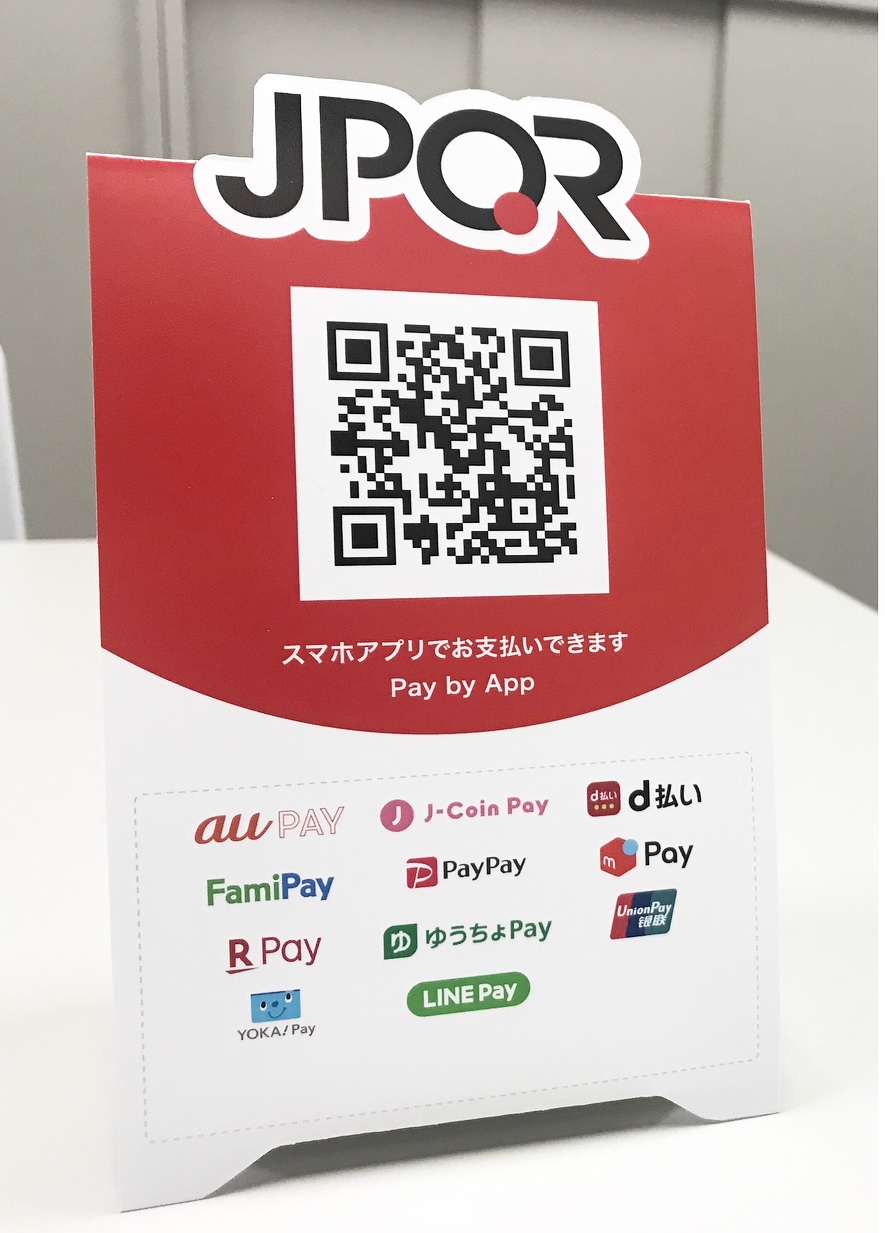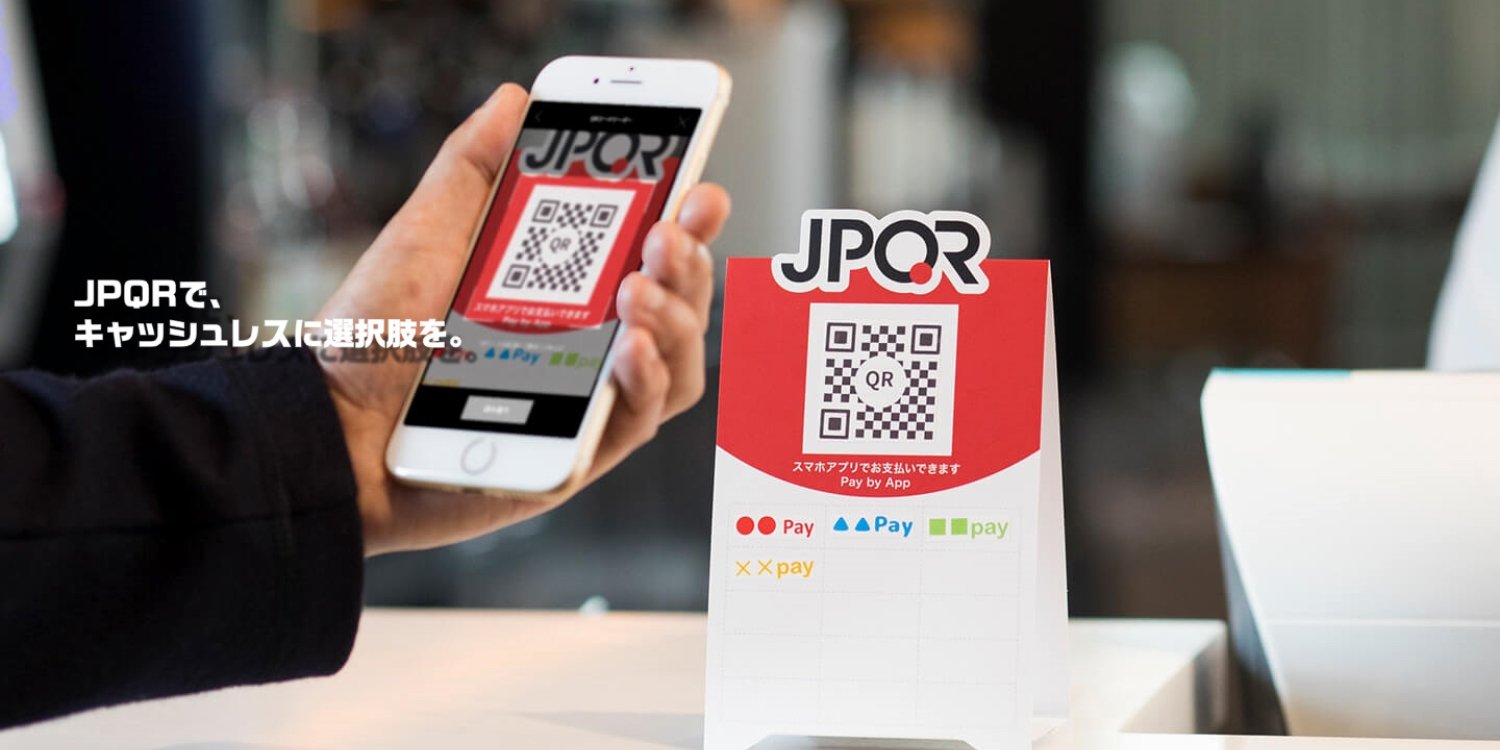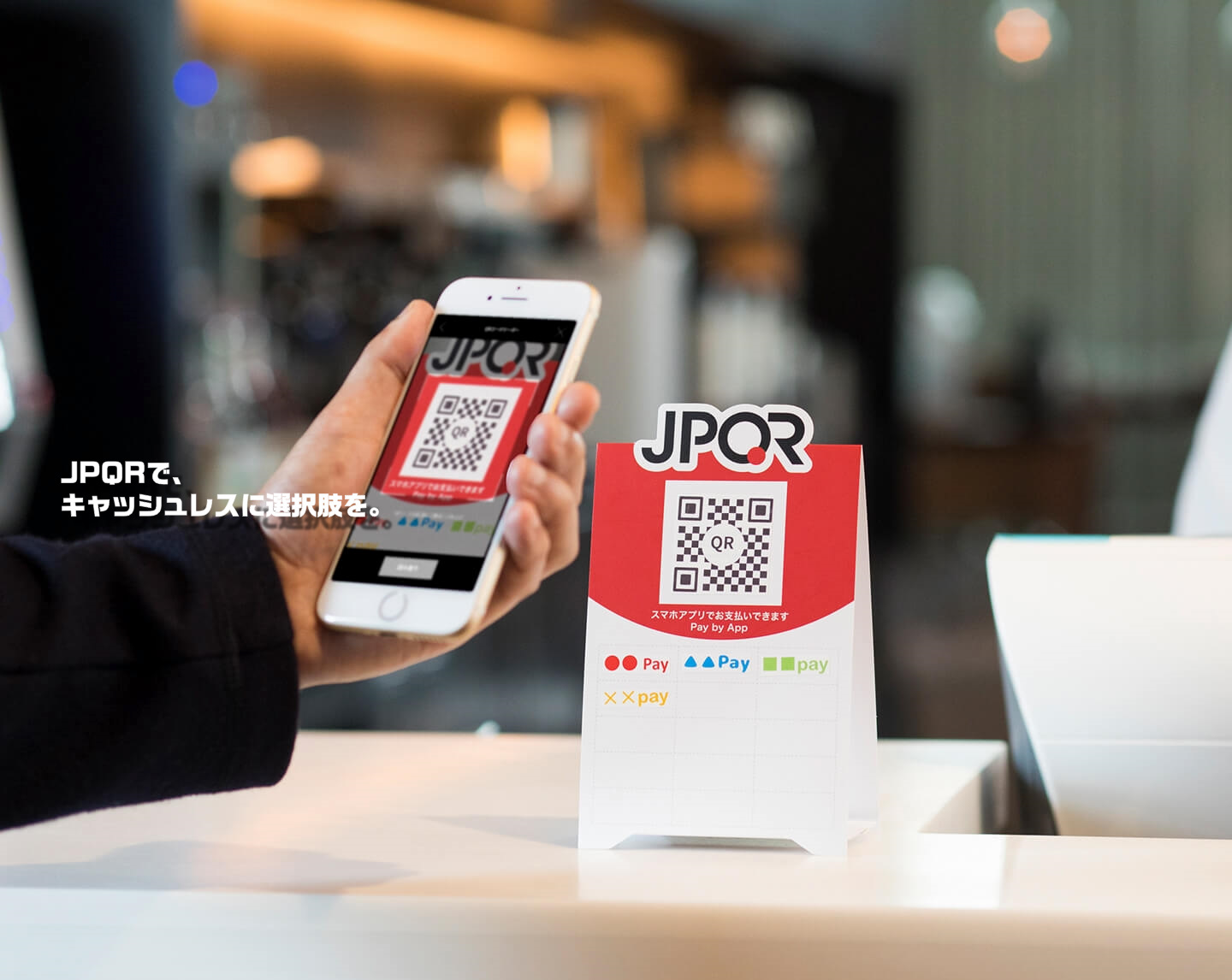Japan to introduce QR payment compatible with Singapore’s PayNow & GrabPay
Visitors to Japan from Singapore and seven other participating Asian countries will be able to make purchases from their local QR wallets as early as April next year under a new joint payment programme.
Similarly, Japanese travellers can use QR payments in these countries.
However, Japan being late in the uptake of cashless payments compared to the other Asian countries and needing to adopt a new model to fit the standard payment practises could pose challenges to the new scheme.
Japan QR payment system will be compatible with Singapore system
According to The Straits Times (ST), Japan is aiming to ensure that the JPQR payment system is compatible with the standards of other countries in time for the Osaka World Expo, which will begin on 13 April 2025.
The participating Asian countries and their corresponding QR payment systems are:
- Singapore — SGQR
- Malaysia — DuitNow QR
- Indonesia — QRIS
- The Philippines — QR Ph
- Thailand — Thai QR Payment
- Cambodia — KHQR
- Vietnam — VietQR
- India — BharatQR
This means that JPQR will be compatible with the different QR payment systems in the region. Folks from Singapore can thus use PayNow or GrabPay to complete their JPQR transactions.
Convincing Japanese businesses to adopt JPQR a challenge
This does not come without resistance, however, as Mr Kenichi Matsuguma, director of the cashless payment promotion office at Japan’s Ministry of Economy, Trade and Industry, pointed out to ST.
He highlighted that Japan is already behind ASEAN countries such as Singapore, Indonesia, Thailand, Malaysia and the Philippines, who, back in 2022, had signed a pact to unify their QR code payment systems.
Currently, only about 15,000 businesses in Japan are using the JPQR system. Most of these businesses are small enterprises less frequented by tourists.

Source: money-bu-jpx.com
The use of QR payments also only makes up 8.6% of all cashless payments in Japan.
“The challenge is that not many Japanese businesses are on board, though we hope the potential use by foreign visitors will be a catalyst to convince them to adopt JPQR,” Mr Matsugama said.
Most of these payments work on a “consumer-presented mode (CPM)” where the customer presents a QR code for the merchant to scan.
However, JPQR means that these operators will have to change to a “merchant-presented mode (MPM)”, and present their own standardised QR codes for customers to scan.
Payments Japan Association director Ms Mayu Suzuki pointed out: “Convenience store operators, for instance, may think that the MPM is too burdensome since it cannot be linked directly with the POS register.”
“Since most places that inbound tourists visit are already using the CPM method, our challenge will be to convince them to concurrently adopt the MPM.”
Also read: S’poreans Can Now Use DBS PayLah! In Thailand, Just Scan PromptPay QR
S’poreans Can Now Use DBS PayLah! In Thailand, Just Scan PromptPay QR
Have news you must share? Get in touch with us via email at news@mustsharenews.com.
Featured image adapted from JPQR.









